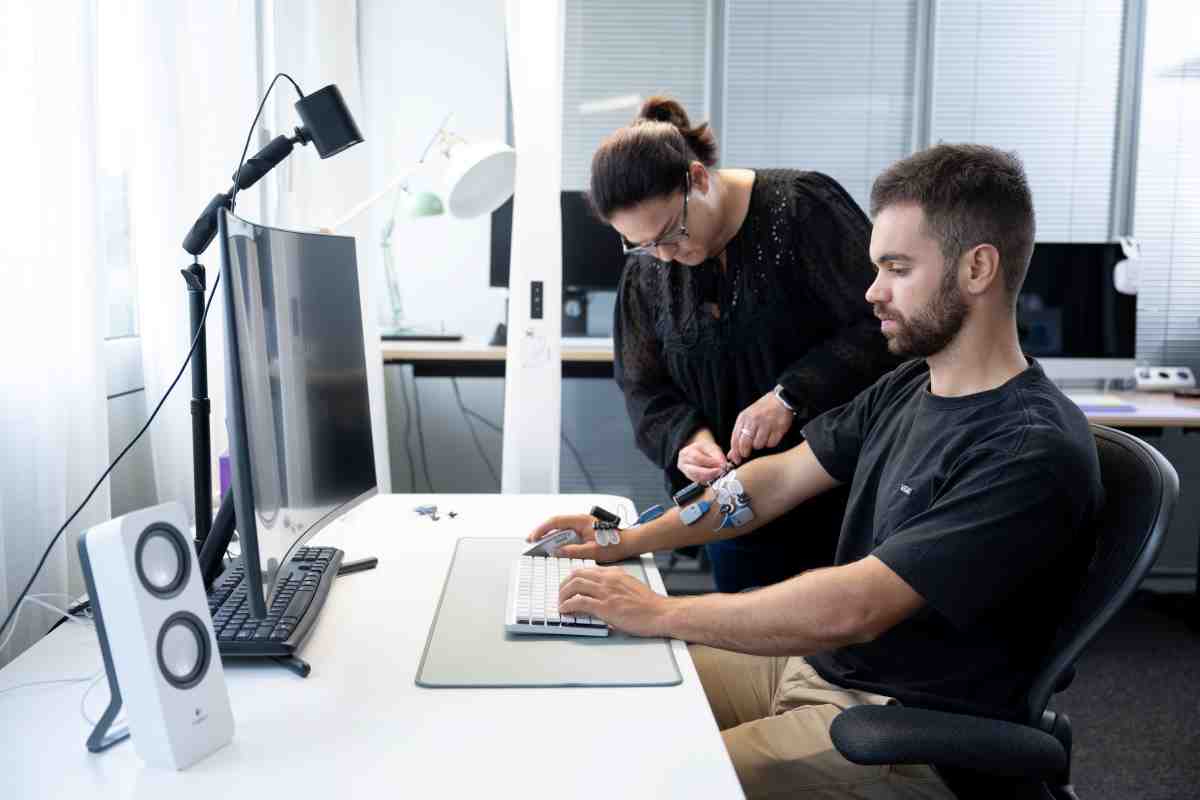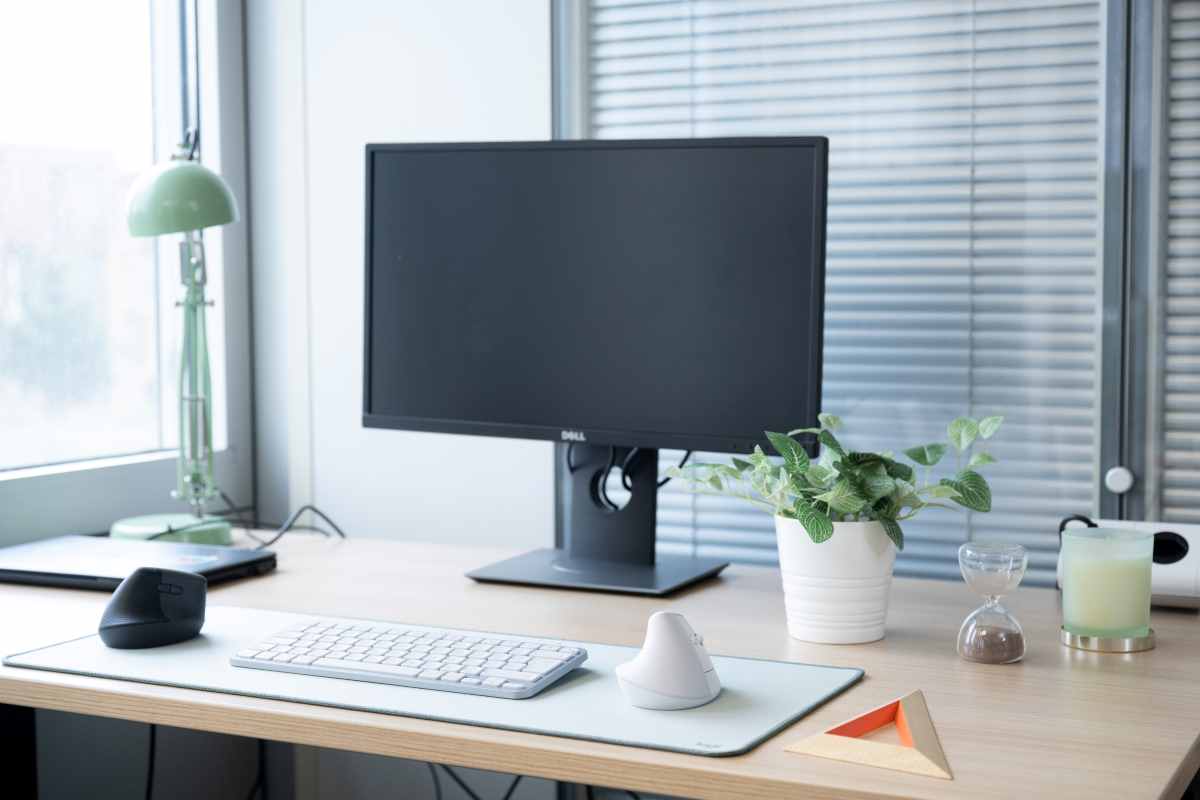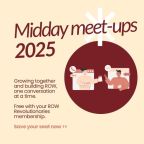We spend a huge portion of our lives at work, yet often overlook how our desk setup impacts our wellbeing. Simple changes to your workspace can make a big difference – improving your health, productivity, and even creativity. ROW spoke to Agnes Lisowska Masson at Logitech, who shared expert tips on how to supercharge your workspace.
We spend a lot of time at work, but we don’t always think about how our desk setup impacts our wellbeing. In fact, the average office worker spends around 82,000 hours of their life at work, so how we arrange our workspace can really influence how we feel and how productive we are.
In the latest episode of ROW’s Breaking Burnout Culture podcast, we spoke to Agnes Lisowska Masson, who studies how people interact with computers at Logitech.
She shared some fascinating insights, including this eye-opening fact: “The average office worker in just one year will move their mouse about the distance of 10 kilometres and make a million keystrokes,” she says. This shows just how much our work environment can affect our bodies over time.

Why a ‘Happy Space’ Matters
Creating a ‘happy space’ isn’t just about making your desk look nice. It’s about setting up an environment that supports your body and mind. Research shows that a well-designed workspace can boost creativity, improve problem-solving, and even help you enjoy your job more.
Masson explains, “We’ve seen research that shows that when you’re in a good mood, you’re actually more creative, you’re better at brainstorming, you’re better at looking at different alternatives to problem solving.”
Little touches like plants, a favourite mug, or photos of loved ones can really shift your mindset at work.

Ergonomics: The Basics of a Happy Workspace
The key to a happy desk space starts with ergonomics—making sure your setup doesn’t strain your body. Masson advises, “The really simple idea is that you want your feet planted flat on the ground, your ankles, knees, hips, and elbows at about 90 degrees.”
Key things to consider:
- An adjustable chair and desk
- Your monitor should be arm’s length away, with the top third at eye level
- Your keyboard and mouse should allow your forearms to rest comfortably on the desk
- Proper lighting to avoid glare on your screen
Making Your Space Work for You
Ergonomics are important, but personalizing your space is what really makes it yours. This could mean choosing equipment in colours you like, adding plants, or displaying things that make you happy.
Masson points out that what works for one person may not work for another. “Not everything will work the same way for everyone,” she says. It’s important to experiment and find what works best for your body, your work, and what you enjoy.

Don’t Forget to Take Breaks
An often overlooked part of creating a happy workspace is taking regular breaks. “If we don’t take regular breaks, we’re still likely to feel discomfort over time,” Masson says. She suggests taking a 5 to 10-minute break every hour and stepping away from your desk. This helps your body and reduces stress and tiredness at the end of the day.
Small Steps to a Happier Workspace
You don’t need a complete office overhaul to create a happier desk space. Masson suggests starting small with simple changes that can make a big difference. Some affordable ideas include:
- Using a pillow for lower back support
- Raising your laptop with books or paper
- Using household items as footrests or laptop stands
- Choosing equipment that fits your hand size and how you work
“By starting small, we also give ourselves a natural encouragement where one thing worked and we’re more motivated to try something else,” Masson explains. This way, you can gradually improve your workspace over time.
Wrapping it up
In the end, creating a happy space at your desk is not just good for your health but for your productivity too. By focusing on ergonomics, personalising your space, and taking regular breaks, you can make your workspace work better for both your body and mind.
As Masson says, “Little steps can already have a really big impact on your overall wellbeing.” It’s empowering to know that by making thoughtful changes to your environment, you can improve your work experience.










